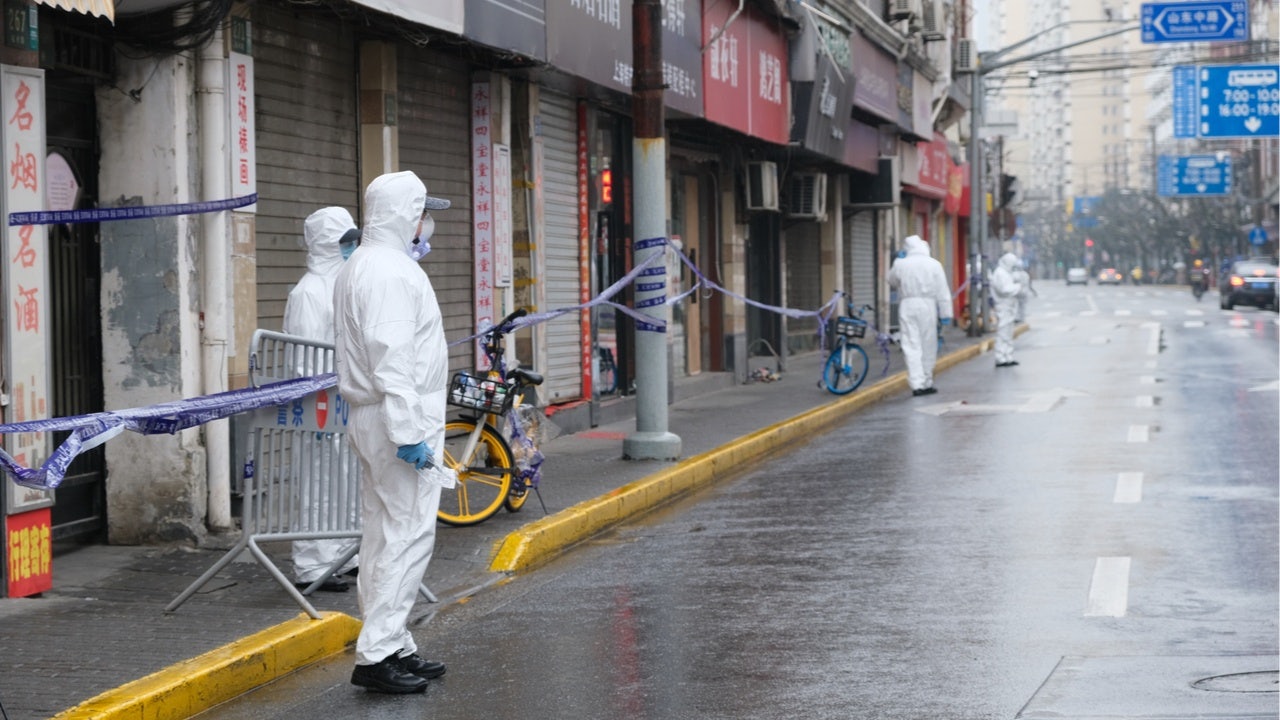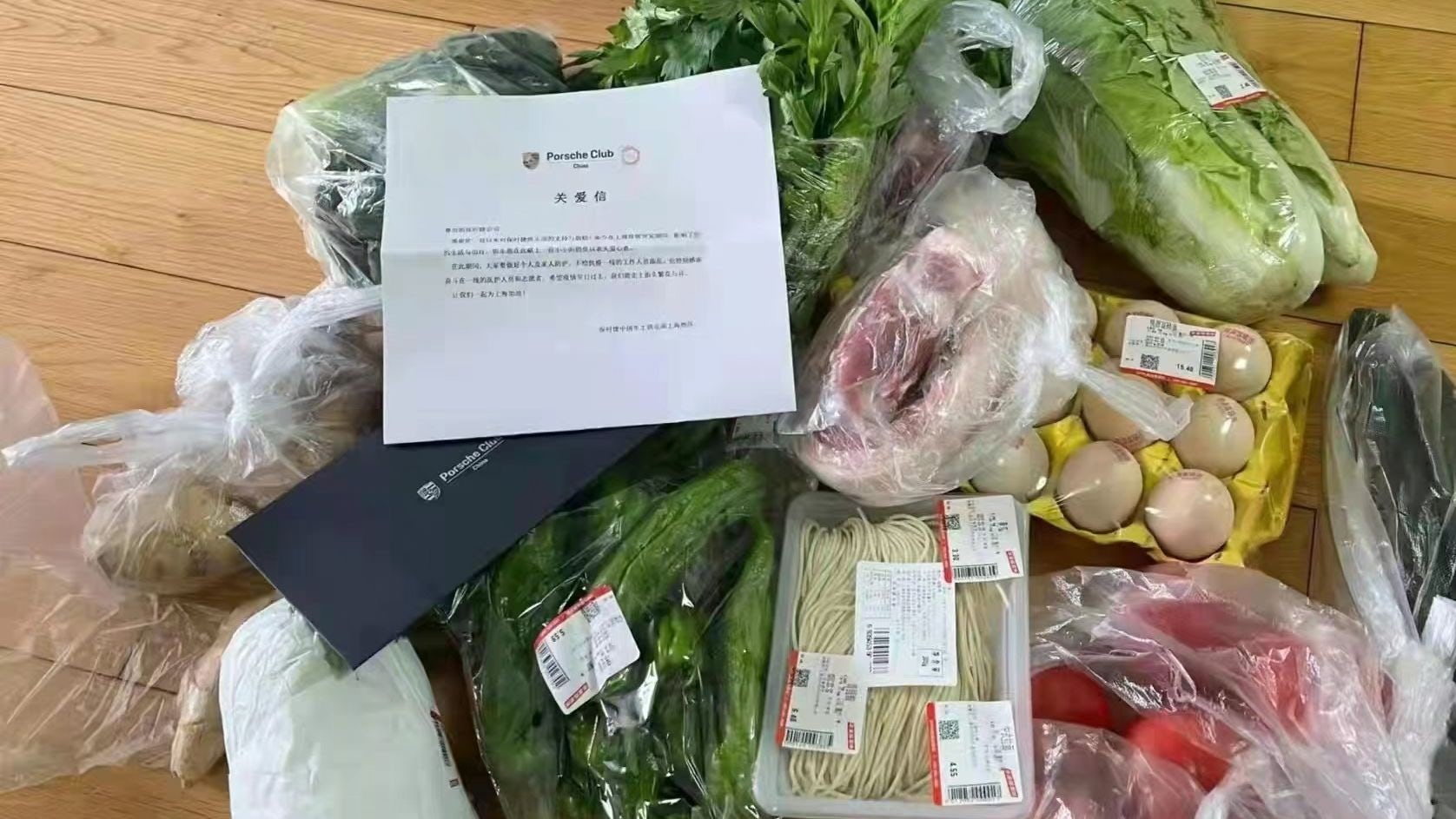What happened
Shanghai, the center of Chinese finance and trade, is fighting the highly infectious Omicron BA.2 variant. As part of its continued zero-COVID policy, authorities have implemented a severe two-phase lockdown, which brought the city of 26 million residents to a standstill. Public transportation has been restricted and various roads blocked, while residents were mass tested for the coronavirus.
As of Tuesday, April 5, Shanghai reported more than 13,000 daily Covid cases for the first time, increasing the national total to 16,412 local infections for Monday, the highest one-day figure recorded in the world’s second-largest economy during the pandemic.
During the initial phase, residents of east Shanghai were forced to remain in one place which has again had radical implications for workers, residents especially elderly Shanghainese, and, of course, global luxury’s logistics and supply chains. Labor shortages are only part of the problem: disruptions in shipments and cargo have been a significant effect of the strict COVID-19 rules. With neighboring cities moderating the transit of road freight arriving from Shanghai, truckers face numerous difficulties in delivering their shipments.
The Jing Take
China was the COVID-19 poster child, the superpower that showed the world it knew exactly what to do in the face of this crisis. Given its vast population, it prioritized a strategy based on shielding and stringent lockdowns. Unlike in the West, where governments are opening up, it’s evident that China won’t U-turn from its zero-COVID policy — even under duress.
However, a high mortality rate now would question all previous efforts. It would also empower the mainland’s critics — just before the 20th National Congress of the Chinese Communist Party (in late 2022).
Until Beijing gets vaccination rates up amongst the elderly, the country is expected to hold the line and continue with its unwavering zero-COVID strategy; right now, Shanghai is trying to boost vaccination rates in the older population through a system of financial incentives or retail coupons.
Workers quarantining, stores and logistics upended, the knock-on effects on companies sourcing and manufacturing in China could well be detrimental. As China continues its current strategy, which will affect both its domestic economy and overall global recovery, it’s putting citizens — rather than economics — at the heart of its recovery plan.
The Jing Take reports on a piece of the leading news and presents our editorial team’s analysis of the key implications for the luxury industry. In the recurring column, we analyze everything from product drops and mergers to heated debate sprouting on Chinese social media.

